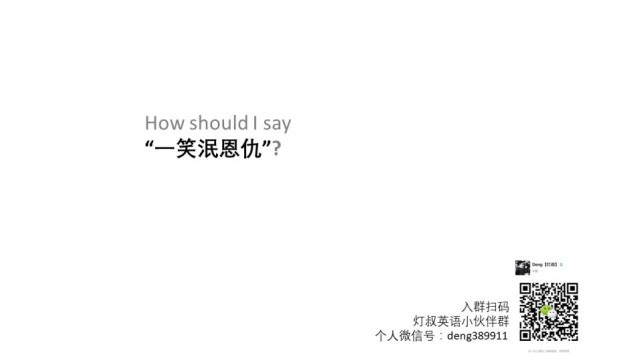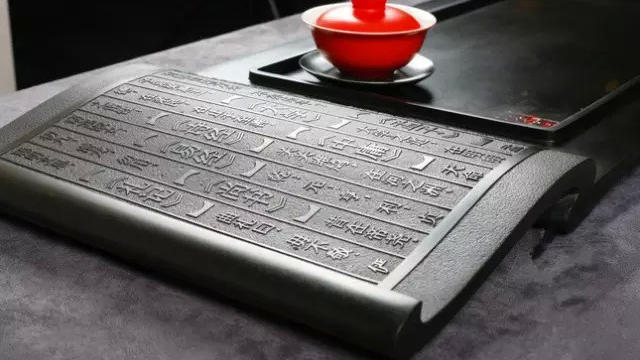【沪江网校】2012年3月高级口译汉译英答案+解析
原文:
传统的中国画,不模仿自然,是以表现自然,是以表现心灵舒发性情为主体的意象主义艺术,画中意象与书法中的文字一样,是一种适于书写的极度概括抽象的象征符号,伴随着意象符号的是传统的程式表现技巧。古代的大师们创造着独自心中的意象及其程式,风格迥异,生机勃勃。
后来,多数人惯于对古人程式的模仿,所作之画千人一面。这样的画作一泛滥,雅的不再雅,俗的则更俗。近代中国画仍然在庸俗没落的模式漩涡中进退两难,阿文与当今的有识同行一样,有志标新立异,寻找自我,建立起现代的属于自己的新意象、新格局,且一直背靠着高雅的传统。
译文:
Traditional Chinese paintings are the art of imagism. They are the manifestation of the painter’s spirit and temperament rather than the imitation of nature. The images in the paintings are like the characters in calligraphy, both of which are highly abstract symbols but easy to convey meanings, and are always integrated with conventional artistic formalities. In this way, the ancient masters created the unique images and formulas in their minds, diverse in style and vivid in content.
However, most people got accustomed to imitating these ancient paintings, at last, most paintings later on were nothing but copies. These copies are flooded everywhere, as a result, they undermines the elegant of art and encourages the vulgarity. Modern Chinese painting is still caught in a dilemma--- struggle to survive the downward vulgarity. Luckily, A Wen and some of his fellow artists are bent on breaking the mold. They want to find their individual identities to create new imageries and new styles of their own and in line with the modern times. Meanwhile, they continue to be inspired by the elegance of the past.
翻译解析:
这篇散文讲述了传统的中国画和今天的中国画。语言华丽,话题高端。这样的题出现在高口翻译题中不足为奇。考生在做题的时候需要把握散文中的“神”。找到句子的主干,抓住句子的主要意思,翻译的时候多使用长句,那么翻译应该能够顺利地拿下。











